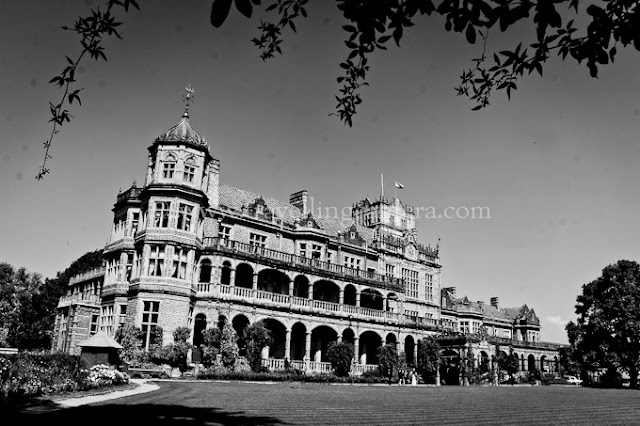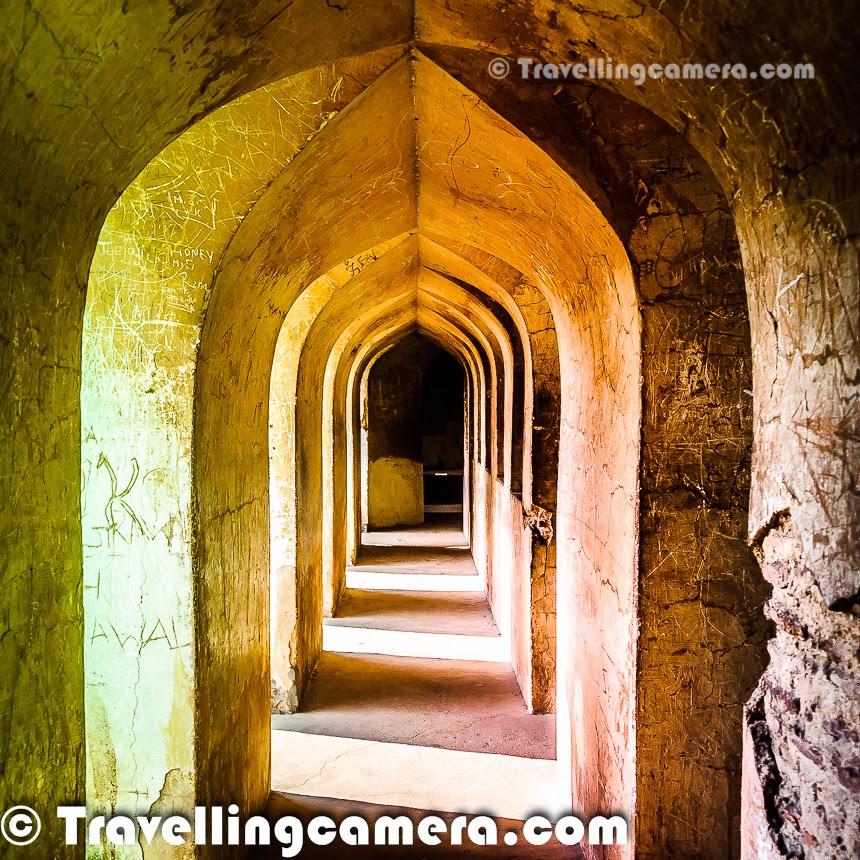There are many things that we being Indians should be thankful for. The unimaginable languages, the countless cuisines, varied landscapes are just some of them. And very important in this list is our architectural Heritage. It's the most appropriate that we pay respect to this part of our culture today as it is the World Heritage Day. This Photo Journey shares some photographs from various Indian Heritage Destinations and importance of World Heritage day, along with some interesting facts.
At Travellingcamera, we love visiting various Heritage sites in the country and have been to some very important Heritage Destinations so far. Here we don't want to repeat the same but would definitely want to share some facts about the Heritage in India, the way it's being maintained and celebrations on World Heritage Day today.
The aim of the World Heritage Day is to encourage local communities and individuals throughout the world to consider the importance of cultural heritage to their lives, identities and communities. And respect the diversity and vulnerability associated. Most of the countries put appropriate efforts to protect Heritage and conserve it. It's very important for generations to know about the Heritage and facts associated. All this tells us the way civilization is evolving and the way things change every decade.
18 April is celebrated all over the world by a wide range of organisations, small communities & individuals. On this special occasion groups meet at various Heritage locations or plan campaigns to make society aware about importance of Heritage. Various other events include conferences/seminars, Photography/Art exhibitions, competitions, excursions and lot more.
Today when I started compiling this post, I was wondering that all can be tagged as Heritage? And I guess, simple answer is whatever we have got from our past is Heritage and things which are tagged as Heritage, must be built for a reason. There are various stories associated with these Heritage Elements and tell us the way we live in current society. How some of the elements of current living style are influenced by things happened in past, which can be witnessed through these Heritage Elements.
Here is a link which shares about various Heritage sites in India - http://asi.nic.in/asi_monu_whs.asp
There are 30 World Heritage Sites in India that are recognized by the United Nations Educational, Scientific and Cultural Organization (UNESCO) till last year. India’s first two sites inscribed on the list at the Seventh Session of the World Heritage held in 1983 were the Agra Fort and the Ajanta Caves. Of these 30 sites, 24 are cultural sites and the other six are natural sites. A tentative list of further sites/properties submitted by India for recognition includes 33 sites, probably more now. To know more about some of these Indian Heritage sites, check out - http://en.wikipedia.org/wiki/List_of_World_Heritage_Sites_in_India
Some of the popular World Heritage sites in India include - Ellora Caves, Ajanta Caves, Agra Fort, Taj Mahal, Group of Monuments at Mahabalipuram, Sun Temple, Konarak, Manas Wildlife Sanctuary, Kaziranga National Park, Keoladeo National Park, Khajuraho Group of Monuments, Group of Monuments at Hampi, Churches and Convents of Goa, Fatehpur Sikri, Sundarbans National Park, Great Living Chola Temples, Elephanta Caves, Group of Monuments at Pattadakal, Nanda Devi and Valley of Flowers National Parks, Buddhist Monuments at Sanchi, Qutb Minar and its Monuments, Humayun's Tomb, Mountain Railways of India, Mahabodhi Temple Complex at Bodh Gaya, Rock Shelters of Bhimbetka, Chhatrapati Shivaji Terminus (formerly Victoria Terminus), Champaner-Pavagadh Archaeological Park, The Red Fort complex, Jantar Mantar, Western Ghats, Hill Forts of Rajasthan
It's now heartening to see that several of these heritage sites are now being maintained well by the authorities but we as general public also need to be more sensitive towards maintaining the sanctity of these places. Heritage once lost can't be regained, so it in important that we wake up while we still have it.








.jpg)

.jpg)



.jpg)

.jpg)

.jpg)
.jpg)
.jpg)
.jpg)
.jpg)
+in+Delhi,+INDIA+(13+of+20).jpg)
.jpg)


.jpg)










.jpg)


.jpg)
Comments